Build gaming PC under $800
A budget of $800 will get you the key components you’ll need to build a decent mid-level gaming PC with plenty of gaming potential – one that won’t require any updates for a long time. This beast won’t be obsolete for at least a few years, which is saying a lot in the year 2020.
With all of that hardware, you’ll have a seriously great custom gaming PC that will help you crush your opponents without destroying your pocketbook! It’ll easily handle AAA games at 60 frames per second or better in 1080p, and it’ll even deliver decent 1440p performance!
$800 Gaming PC Build
I’ll show you a list of parts I ordered, how I put the computer together, and how I tested it to show you what you can achieve with an $800 PC these days.
My goal was to create a desktop that is capable of multitasking and intense productivity while yet having enough capacity for all of your games and data. This is a PC that you may use for work during the day and then use in the evening for gaming and streaming.
You won’t be able to acquire the absolute best performers from our lists of best gaming CPUs and best graphics cards for this money, but you will be able to get respectable performance and enough SSD storage, though you will have to make some sacrifices, especially in terms of lighting and cooling.
1. AMD Ryzen 5 3600 CPU
The Ryzen 5 3600 features six centers and dozen threads, making it perfect for multitasking and apps. It also has a reasonable 65W TDP and can support frequencies up to 4.3 GHz. This chip isn’t on our list of the Best CPUs for Gaming, but it’s fantastic in this price bracket.
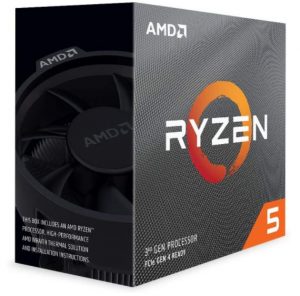
The Ryzen 5 3600, like most other AMD processors, comes with adequate standard cooling, in this case, a Wraith Stealth. When compared to buying a reseller’s exchange cooler, this saves us a lot of money.
We didn’t intend to try overclocking with this class of processor and this price, so a great cooling solution isn’t required.
The nearest Intel CPU that comes close is the Core i5-10400, which has six cores but no multi-threading and comes with a lower-quality cooler and blower. On receives a cooler and more thread for money by going with AMD over Intel, and can also gain compatibility for PCIe 4.0 SSDs, which provides us some future safety if we choose to update afterward.
2. Gigabyte GTX 1660 Super OC- 6G Graphics card
The Nvidia GTX 1660 Super card, one of the greatest graphics cards on the market, provides us with the greatest efficiency for our limited budget.
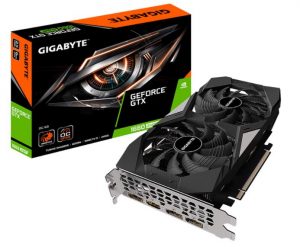
We would have chosen the AMD Radeon RX 5600 XT if its price had dropped or if we had an extra $40, as it is around 11 percent quicker in our GPU benchmarks hierarchy.
However, the GTX 1660 Super is more than capable of running 1080p games at semi presets or achieving 30 to 60 frames per second at high settings. It can also stream games to twitch while playing them.
During gaming benchmarks, its dual fans were a little too noisy, but it’s overall a good card.
The price had risen to $285 at the time of writing, so if you can locate a 1660 Super card for less, we would strongly recommend it. We also wish the card had some form of lighting, but at this pricing point, you have to cut corners.
3. Gigabyte B550M DS3H motherboard
Because it is affordable and supports PCIe 4.0 SSDs, a motherboard with AMD’s B550 chipset is recommended. Granted, the SSD used in this construction isn’t PCIe 4.0, but having alternatives is usually a good thing.
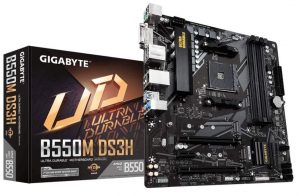
A second M.2 port on the motherboard allows you to install a second SSD without having to buy a 2.5-inch SATA drive.
4. Patriot Viper Steel DDR4-3200 16GB (2x8GB)
It was difficult to choose between 16 and 32 gigs of RAM. We should spend an extra $30 or $40 to purchase 32GB, because if you have a lot of tabs open while streaming and doing other things, you may require that much RAM.
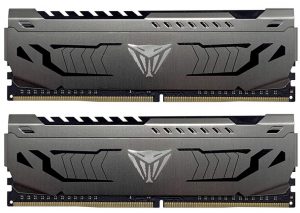
Therefore, we should opt for 16 GB and the Patriot Viper Steel because it is an excellent value.
We tried the 32GB version of this kit, which is ranked among the finest RAM, and found its performance to be exceptional for the price.
The most significant disadvantage of this RAM is that it lacks RGB, making it unappealing to the eye.
5. Western Digital SN550 1TB-SSD
This DRAMless PCIe NVMe storage drive is typically available for less than $100. Despite its modest price, the Western Digital SN550 delivers excellent performance in critical areas, loading games like Final Fantasy XIV at speeds only 0.4 to 0.6 seconds slower than the quickest drives.
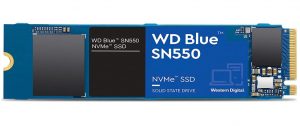
The read and write transfer rates are in the middle of the pack, only behind the Adata XPG SX 8200 Pro, which is a higher-end drive.
6. PC Case: Antec Dapper Dark Phantom DP301M
You can get a nice case for under $50, and the Dapper Dark Phantom DP301M appeals to me because it has a curved glass side panel and some cool RGB lights across the front.
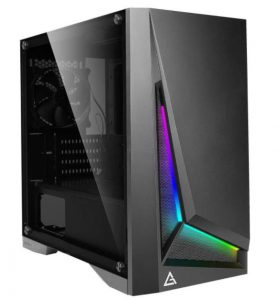
This tiny ATX case is simple to assemble and features several slots for electrical wiring and the concealment of unsightly wires at the back of the back panel.
7. Thermaltake TR2 600-Power source
Power supplies are becoming increasingly expensive, and when you’re on a spending plan, the least fascinating component to invest in is a power supply.
The Thermaltake TR2 600 isn’t fancy enough to make our list of the top power supply, but it delivers up to 600 watts for under $60 and comes from a renowned manufacturer.
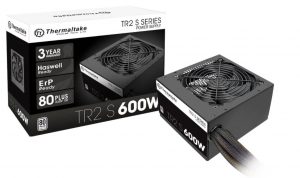
Moreover, the sweet sport for power supply these days is 550W to 750W. So, keeping that figure in mind, the Thermaltake TR2 600 would be enough to power our GTX 1660 Super, the Ryzen 5 3600, and the rest of the system.
8. Wi-Fi Adapter
You can spend $37 on Techkey 1750 Mbps Wi-Fi dongle. The cheap adapter, on the other hand, performed admirably, connecting to our 5-GHz band at -54 dBm, significantly better than the -74 dBm we measured on a ThinkPad X1 Carbon notebook with integrated Intel Wireless AC 8265 Wi-Fi that was roughly 6 feet distant.
Also Learn About: Gaming PC Under $900
How Powerful Would be This $800 Gaming PC
This $800 gaming PC rig can run almost any recent game at maximum settings. Whether you choose to buy a pre-built gaming PC or construct your own, $800 may get you a decent gaming PC to run AAA titles at medium-high settings. It’s also fine if you don’t want to build your own computer.
There are several other options to consider like the one below:
- Intel Core i5-10400F 2 processor
- NVIDIA GTX 1660 Super 6GB graphics card
- RAM: 8 GB DDR4 (Any brand)
- Storage: 1 TB HDD | 240GB SSD
- Wi-Fi + Ethernet | 7.1 channel audio | 6 USB 3.1 ports + 2 USB 2.0 ports
- Windows 10 Home (64-bit) is pre-installed.
- A keyboard and mouse are included.
- ARGB made-to-order case.
A Quick Guide on How to build a Cheap Gaming PC
You’ve come to the ideal location assuming you’re searching for data on the most proficient method to build a modest gaming PC that doesn’t suck.
All things considered, while the best gaming PCs seem to cost a lot, a decent gaming PC doesn’t need to burn through every last cent. It’s not just about getting the best arrangement on parts with regards to building a PC.
We’ll aid the development of a minimal-expense gaming PC that performs commendably.
You’ll be restricted by your construct since you’re probably not going to run Control in the 4K goal with beam following empowered.
In any case, it will be playable at 1080p for certain extremely high settings.
Even though parts have been hard to come by over the last year, there are a plethora of moderately priced processors and graphics cards available that pack a surprising amount of punch.
If you’re creating a gaming PC from the ground up, Xbox One X will almost certainly be cheaper or more powerful.
Also, don’t expect to play 4K games on a cheap system. Though you might be able to beef up your setup with old components, we don’t advocate it because your PC elements could unexpectedly explode.
Regardless of mainstream thinking, you don’t need countless instruments to make a minimal expense gaming PC.
The main vital apparatus is a Phillips head screwdriver. There are, regardless, a couple of things that can help you. A parts plate will prove to be useful because you’ll manage a ton of screws. If you don’t have one of them lounging around (and who can fault you), you can keep things coordinated with a few dishes.
If you don’t have an enemy of static wristband, ensure you’re not remaining on the rug while building, and release any inactive static energy by reaching something metal, for example, your power supply or PC packaging.
What parts do you need to build a gaming pc?
These days, there are so many PC components available that you could hypothetically create dozens of computers without using the same parts list. Fortunately, we study PC components on a daily basis, so we were able to apply our knowledge to help.
1. CPU
The processor, sometimes known as the central processing unit, is a computer’s “brain.” The CPU is the second most significant element of a gaming PC, trailing only the graphics card, but it is the most important for content creation.
2. Motherboard
You’ll now need to choose a motherboard that works with your system. When it comes to motherboards, the main distinction between high-level and low motherboards is usually boosting capabilities and quality components. It is the most important for content creation.
3. Graphics card
The graphics processing unit, or GPU, is the most core part of any gaming PC, and it is also usually the most expensive.
3. RAM
The third most important aspect of gaming execution is RAM or memory. Your computer’s transient memory is called RAM. This is where your computer’s currently used information is saved. Benchmarking has proven that having enough fast RAM boosts CPU speed, but having more than you need is a waste of time and money.
4. PC Case
It’s up to you whether you choose your PC case or motherboard first, but ensure the sleek design is compatible, such as a PCIe slot ATX, MATX, or ITX.
5. Storage
We used to save it all on our HDDs, including apps, text files, and games, but that has all transformed since the arrival of SSD innovation. An SSD, or solid-state drive, is a storage device that has no moving components and stores data in microchips, allowing it to be much quicker.
6. Power supply unit (PSU)
The power supply, or PSU as it’s all the more ordinarily known, is a moderately basic gadget that provisions power to your total framework. While purchasing a power supply for your PC, there are a couple of things to remember.

Hi, this is Masab, the Founder of PC Building Lab. I’m a PC enthusiast who loves to share the prior knowledge and experience that I have with computers. Well, troubleshooting computers is in my DNA, what else I could say….

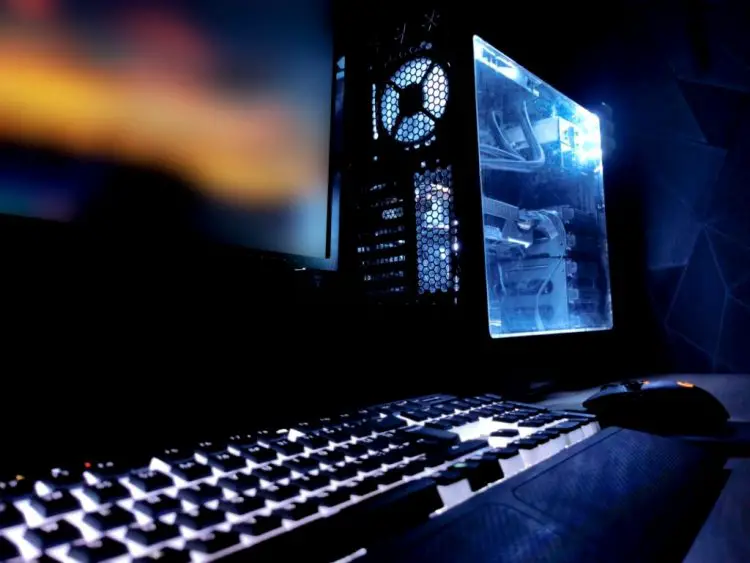
2 thoughts on “How to Build Gaming PC under 800 Dollars”